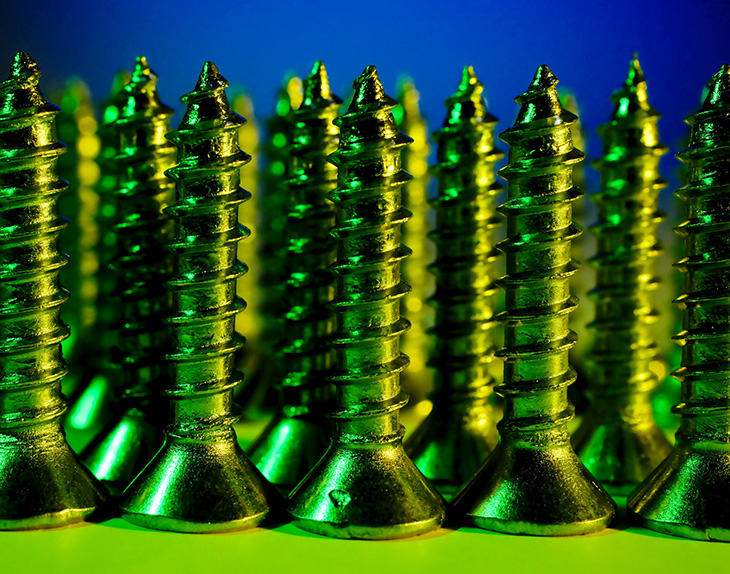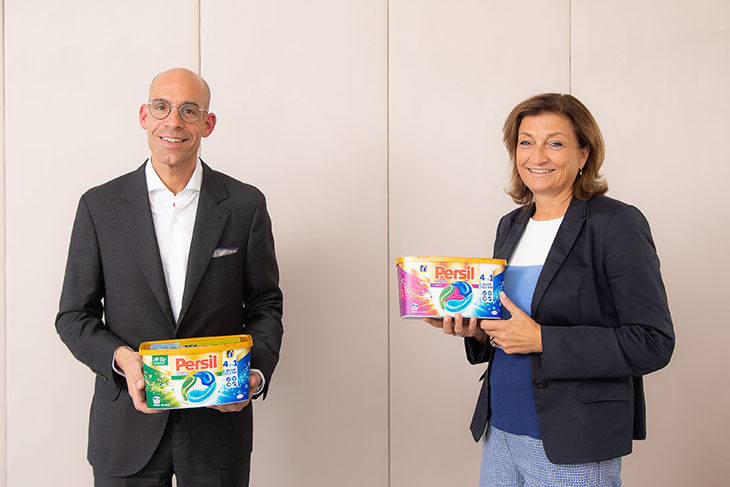Natural gas is important to many industries. However, it often contains sulfur compounds that can limit some applications and pose health risks to end users and their surrounding environments. Consequently, the desulfurization of natural gas is a critical step in the refinement process.
Modern technologies provide many ways to approach natural gas sweetening, each with unique advantages and disadvantages. Here are some of the most efficient methods you can use to make the most of this process.
1. Wet FGD Scubbers
Flue gas desulfurization (FGD) scrubbers are some of the most common sweetening methods. Wet scrubbers are the most efficient of these, removing up to 98% of sulfur dioxide in some cases.
Wet FGD scrubbers work by spraying natural gas with an absorbent slurry, typically using limestone as the sorbent. As the mixture absorbs sulfur dioxide, it falls to the bottom of the collection chamber, letting the remaining gas pass through a filter to catch any remaining slurry.
The primary benefit of this method is that it’s one of the most efficient in terms of sulfur removal. Limestone is also relatively inexpensive. However, the necessary equipment carries high initial costs, and ongoing expenses can be high, as you must find a way to manage and dispose of the slurry.
2. Dry FGD Scrubbers
Some natural gas desulfurization processes use dry FGD scrubbers instead. This method is similar in that it sprays natural gas with a limestone-based sorbent, but it uses a powder instead of a liquid slurry. You can also use semi-dry systems, which use a slurry with a higher sorbent-to-water ratio.
Both dry and semi-dry FGD scrubbers use less water than wet alternatives. That’s important for sustainability, as industrial water usage accounts for 47.2% of all freshwater withdrawals in the U.S. Dry systems also carry lower upfront and ongoing costs, as their machinery is less complex and waste removal is more straightforward. However, they’re often less efficient.
3. Gas Separation Membranes
Physical gas separation membranes are a promising alternative to conventional FGD scrubbers. These systems use complex mechanical filters and semipermeable membranes to trap sulfur oxide and hydrocarbons while letting the remaining gas pass through.
Membranes’ biggest advantage is that they’re passive. These systems can reduce your carbon footprint by up to 60%, as they require no energy and capture some carbon emissions alongside sulfur compounds. They’re also highly efficient at removing undesired contaminants from natural gas.
One of the few downsides to this method is that there’s often a tradeoff between how well a membrane filters gas and how quickly desired gases can pass through. Consequently, large-scale operations may be hesitant to adopt them. Recent filter advances may reduce these concerns, though.
4. Activated Carbon
A similar natural gas sweetening method is to use activated carbon to absorb sulfur dioxide. Activated carbon is common in many industrial filters, as it’s relatively low-cost and has natural pores that efficiently hold contaminants while letting desired compounds pass. Like gas separation membranes, this method is passive, so it’s easy to set up and has minimal ongoing costs.
On its own, activated carbon isn’t highly efficient. However, studies show that certain additives significantly improve its sulfur removal capacity, making it a viable alternative. That said, there’s no one-size-fits-all additive for all sulfur compounds. You’ll have to choose an element that fits the specific contaminants you encounter, limiting this method’s versatility.
Choosing the Optimal Natural Gas Sweetening Method
Given these varying strengths and weaknesses, the best natural gas desulfurization method depends on the specific application. In general, separation membranes and wet FGD scrubbers are the most efficient, but the former may slow processes down while the latter increases costs.
FGD scrubbing is most cost-effective at high processing volumes. Smaller facilities may be unable to justify the costs of this equipment, making slower but more efficient membranes a better alternative.
You should also consider your long-term sustainability goals. Activated carbon and separation membranes are the most eco-friendly options. Because natural gas refinement produces hydrogen, you can pair these technologies with hydrogen capture for fuel cells for added sustainability. That method can apply to scrubbers, too, but the overall costs may be too high to justify.
Bear in mind that different locations may have varying regulations over the desulfurization of natural gas. Always check state and local emissions codes to see if your sweetening process must meet a certain standard. Some methods, most notably dry FGD scrubbing or some modified activated carbon adsorption, may not provide the necessary removal rate.
Desulfurization of Natural Gas Is Essential
As environmental concerns rise, the desulfurization of natural gas will become increasingly crucial in heavy industries. You can’t avoid implementing these processes, so it’s time to consider how to balance sulfur removal efficiency with ongoing costs and complexity.
These four natural gas sweetening methods aren’t your only options but are among the most efficient. Making the optimal choice begins with recognizing each approach’s upsides and downsides to compare them to your specific needs. You can then find the ideal solution for your facility.
























